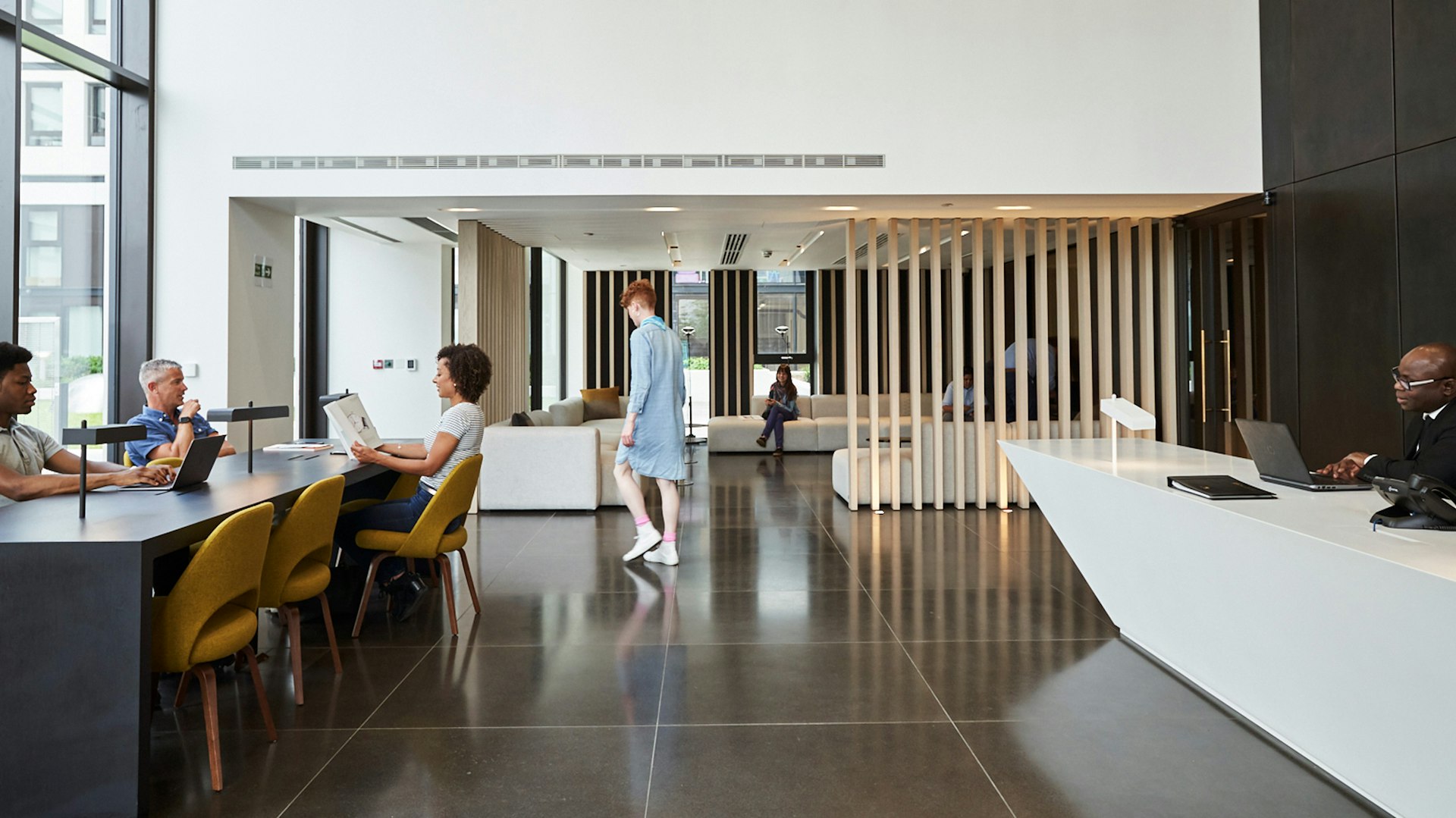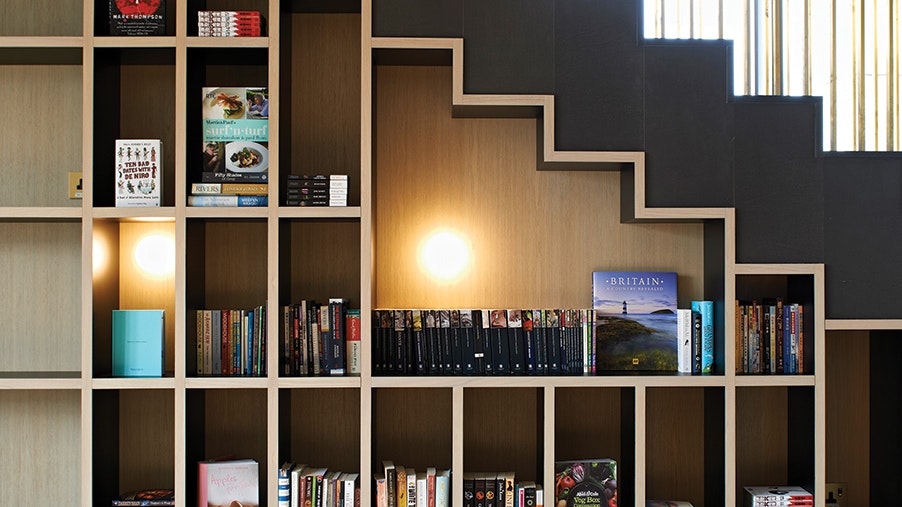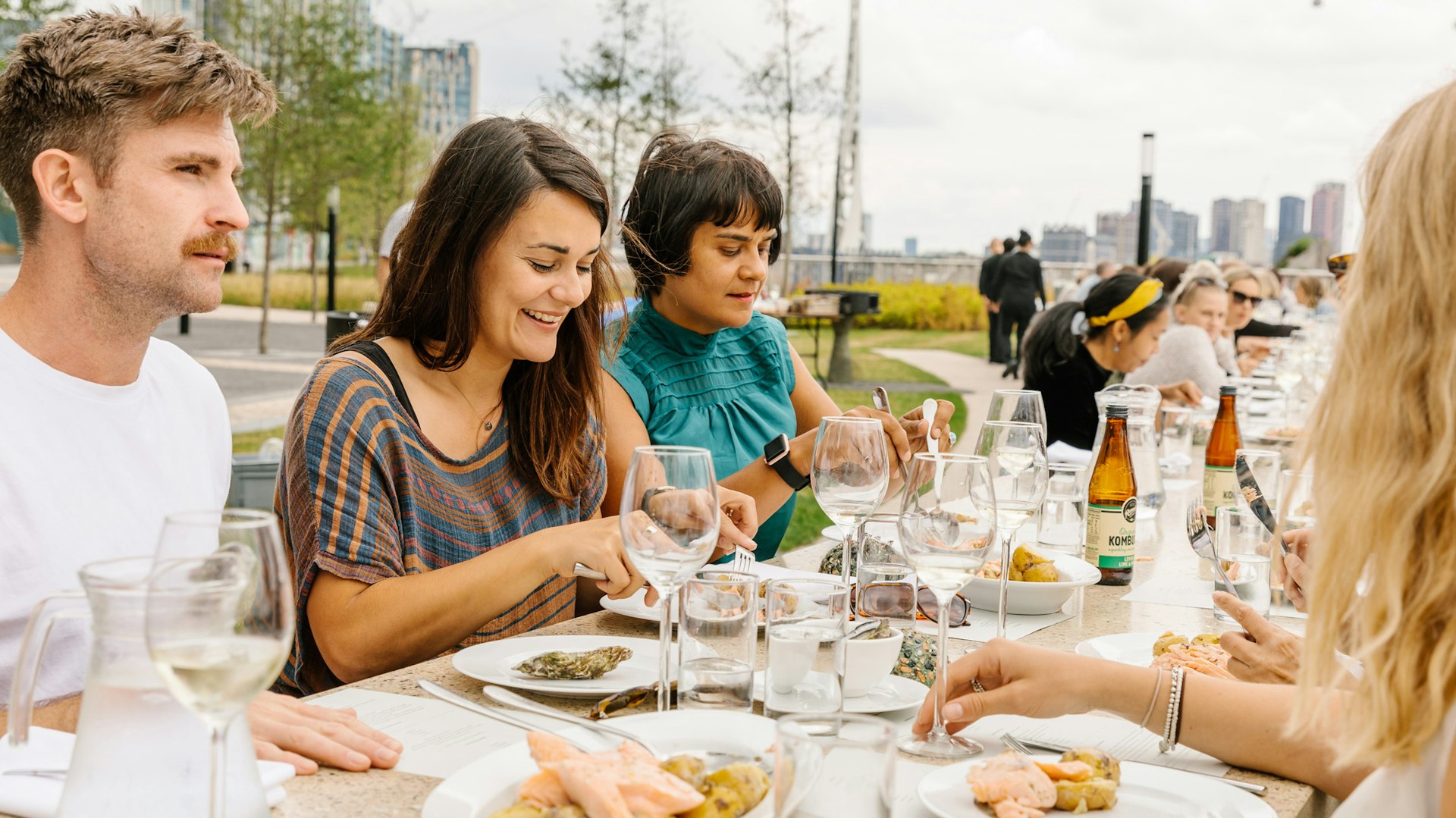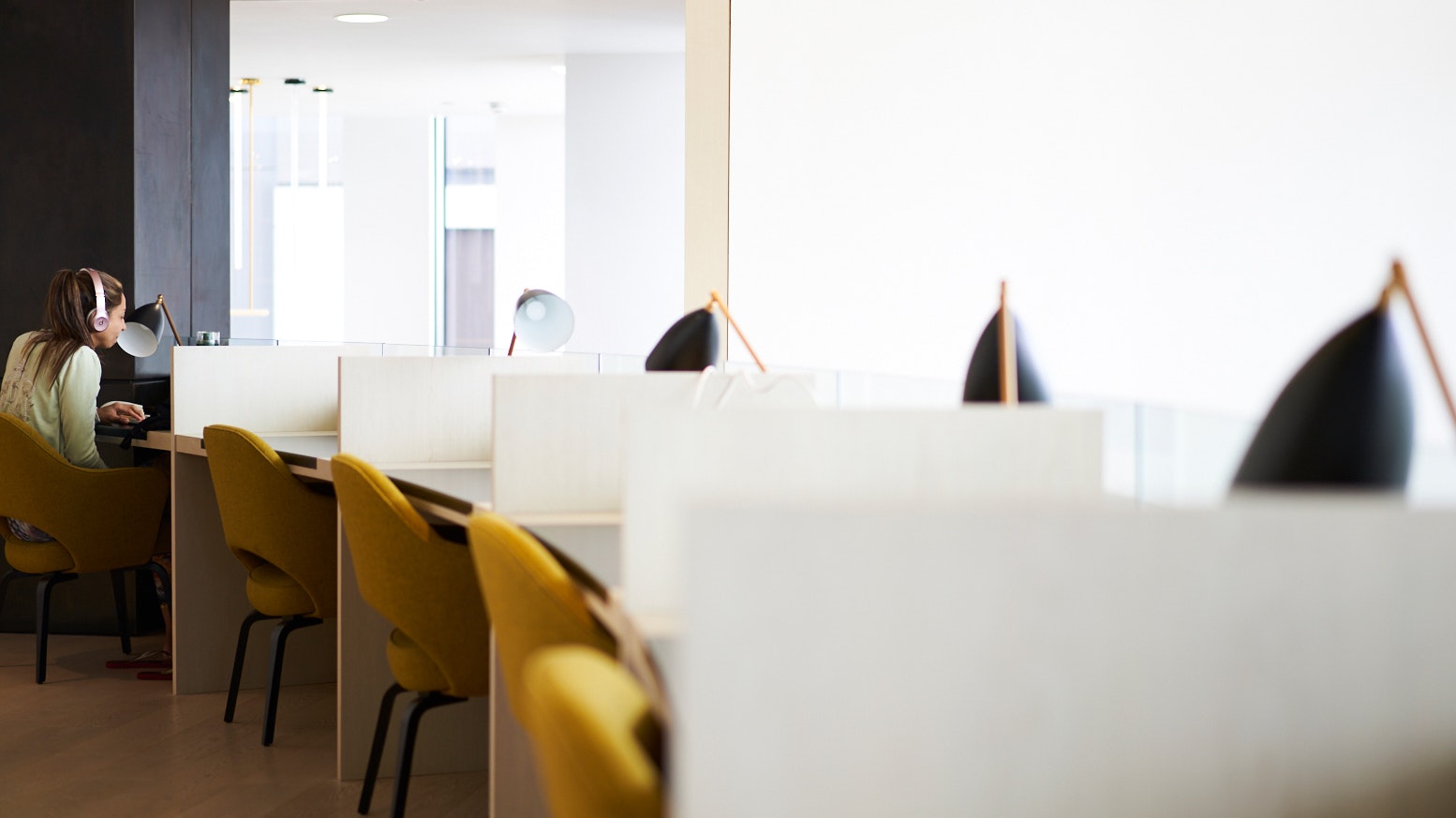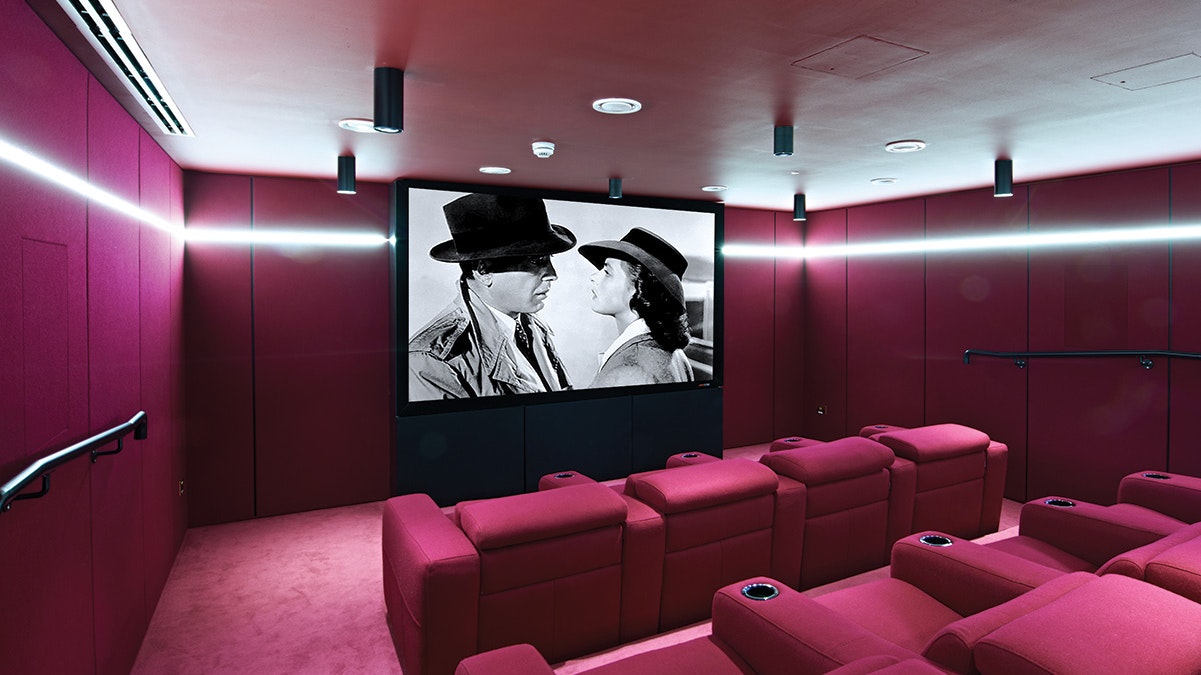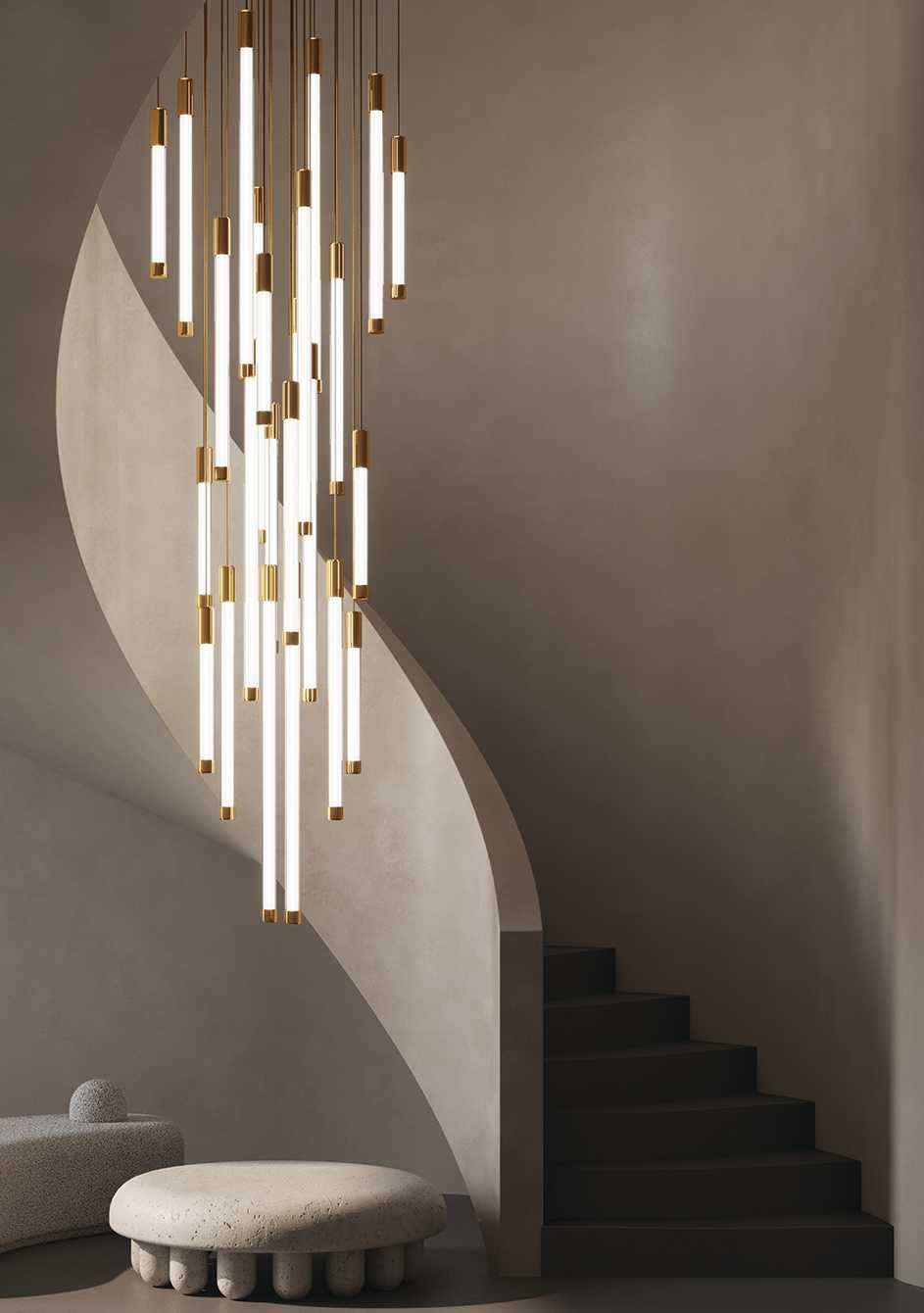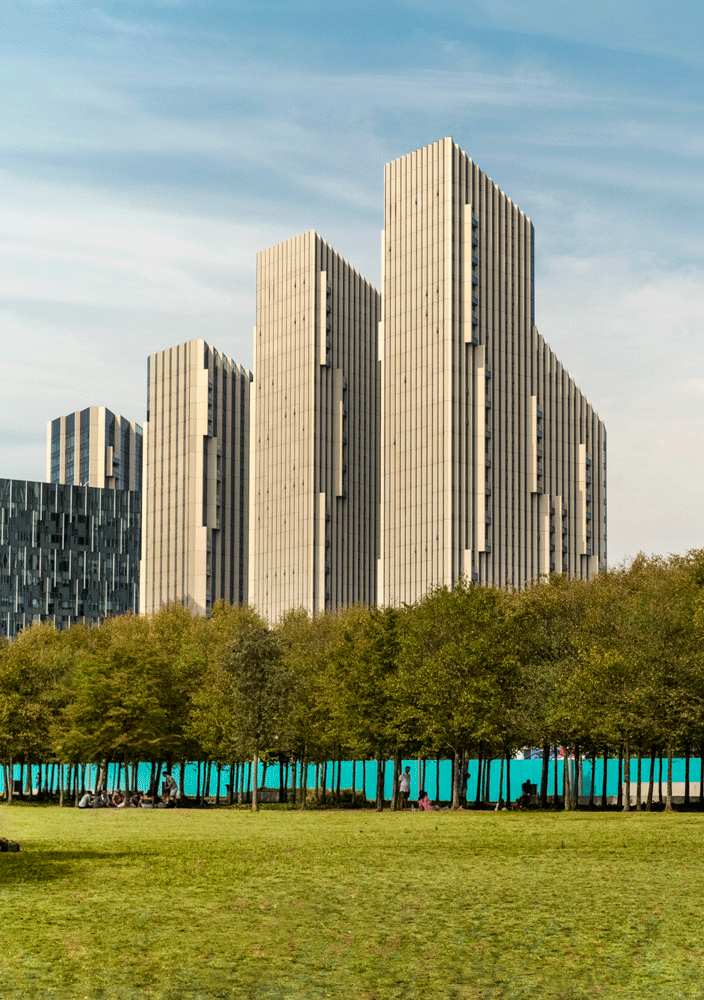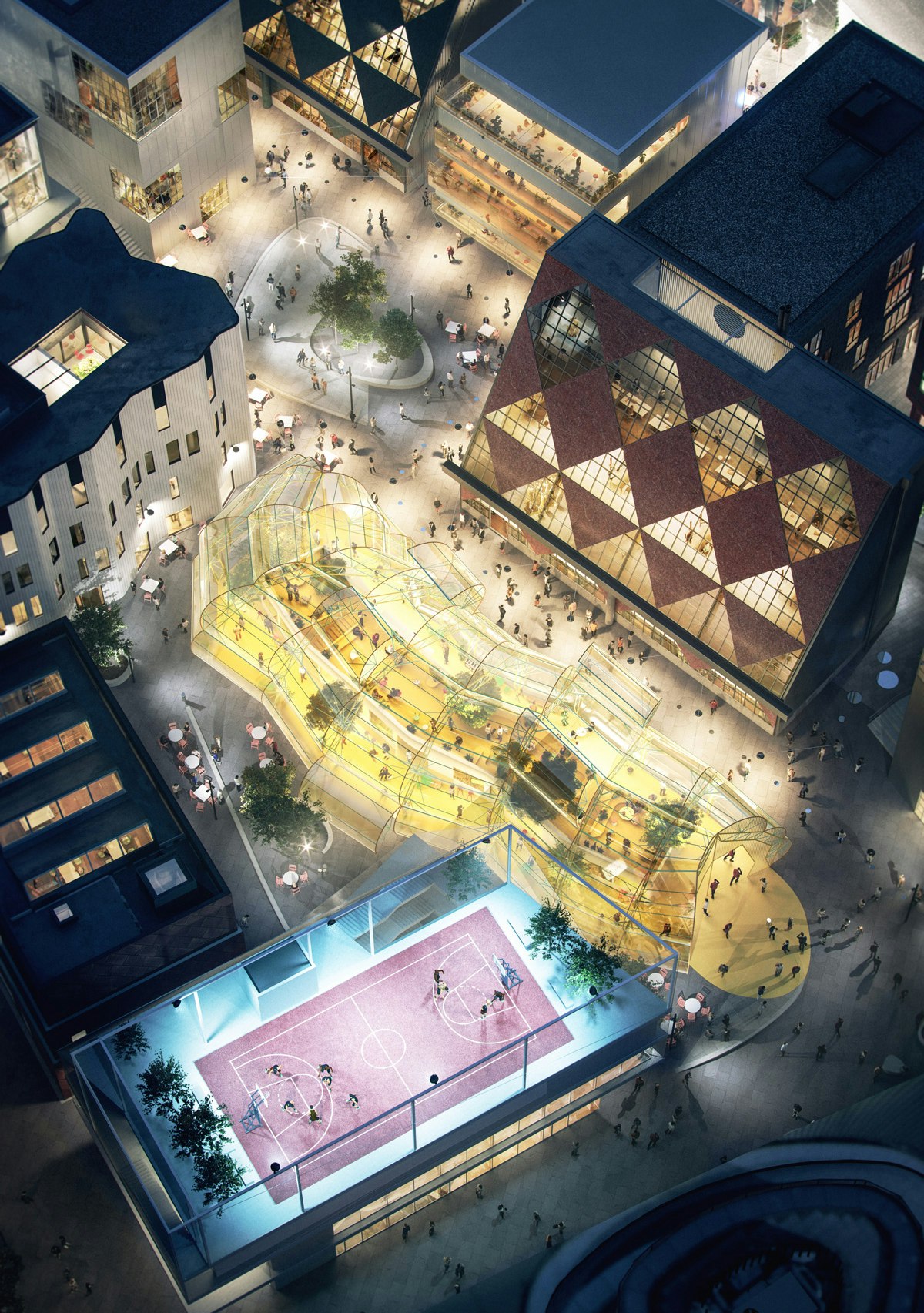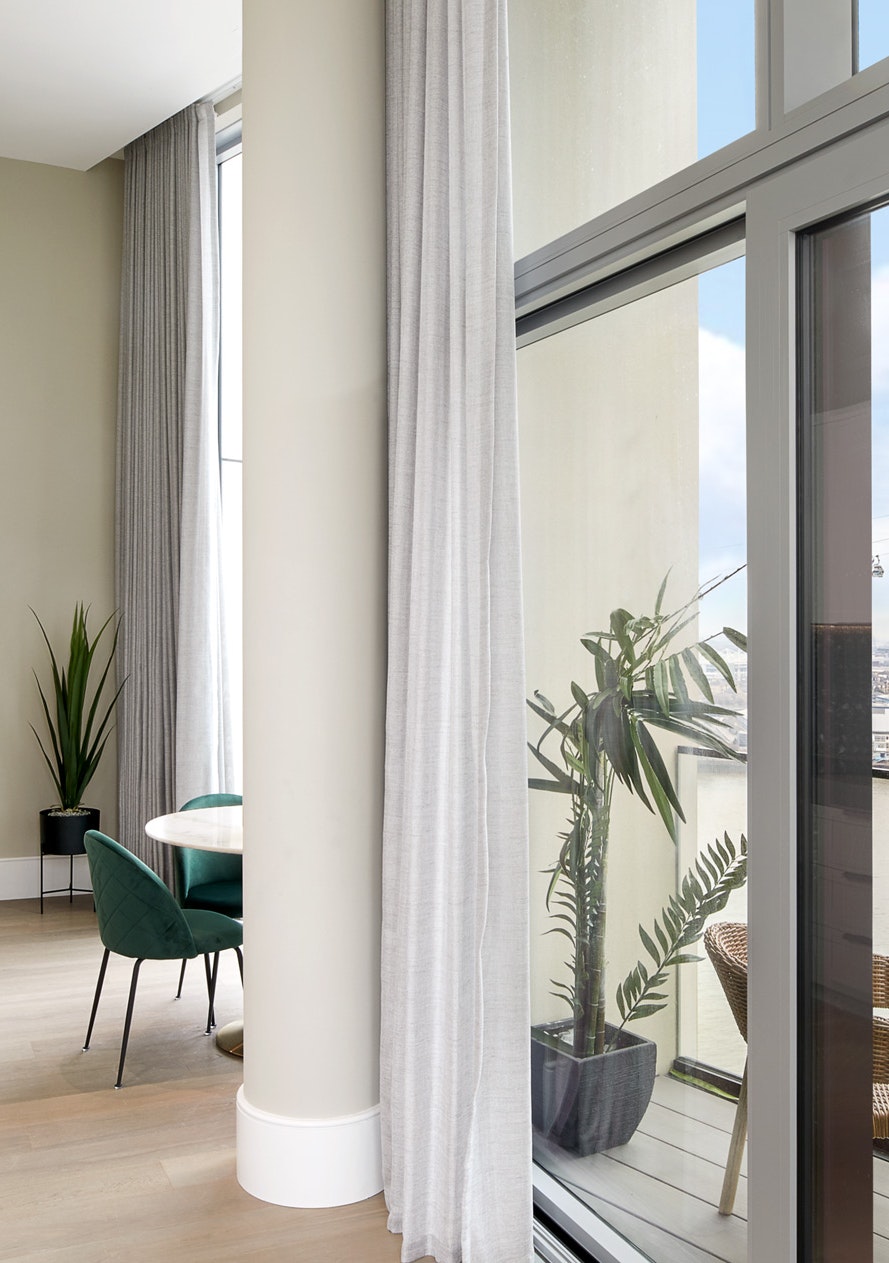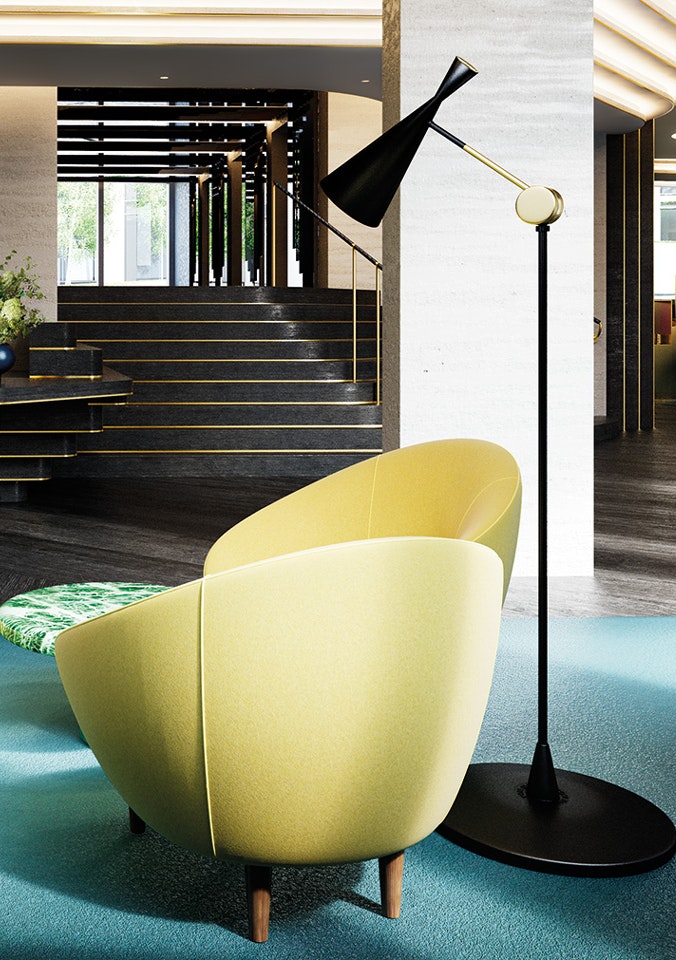
Vertical Communities
In the last four weeks alone, we’ve seen communities come together like never before. From popping out to help with next doors’ shopping, to getting stuck into a Friday night quiz with the locals, Londoners have been finding endless creative ways to share experiences and show their appreciation. Our community on the Peninsula is constantly evolving, and the spirit of communal living has been at the centre of our vision.
Like ships in the night people pass their neighbours, not knowing their faces or names. Yet a new approach to building apartments could change community spirit. From Singapore to Vancouver and everywhere in between, the notion that high-rise living is just a container for dwellings is being shelved. Architects and designers are providing residents with the environment to connect with their neighbours, and it’s proving to be just what urbanites are after.
The focus is on the idea of shared living, without sacrificing “me time”. This notion of communal living is nothing new of course; it’s programmed into our survival instincts from the days when we all huddled together around fires in caves sharing food and stories of hunting expeditions.
Although the world has shrunk in many ways because of technology, study and work mean many of us find ourselves far from home and familiar ground. And while we are able to fulfil our educational or financial needs, it’s often harder to replace the community that surrounded us as we grew up; like impromptu get-togethers and catch ups over wine in the evening.
The practice of shared living still exists in several guises around the world: in the Mediterranean, families build or buy houses in clusters so they can stay close to each other, with mealtimes often being shared affairs in the home of the most senior members. In Indian communities, sons and their wives and families are expected to continue living in their parents’ home, with tasks such as cooking and looking after children shared among all members of the family.
For those of us unable to stay close to our original community, there is now an alternative. Several buildings now offer expanded communal areas for dedicated purposes, including libraries, cinema rooms, gyms and lounges. As a resident you then have a choice between the personal haven that is your own apartment, or the more broadly companionable possibilities of your building’s shared facilities.
“Architects and designers are providing residents with the environment to connect with their neighbours, and it’s proving to be just what urbanites are after.”
Pocket Living is a London developer with a mission to provide “ways to encourage community cohesion”. Communal spaces such as roof terraces, courtyards and lounges are integral to their designs, which centre around compact affordable apartments targeted to local workers – a means for renters to break out of shared housing and break into shared living. The benefit here is two-fold: the developments help to build new communities while giving life and support to existing London neighbourhoods.
Tatiane Sylva is from Brazil and lives in Greenwich Peninsula’s Waterman building. Like Pocket Living, the slim, 30-storey tower provides elegant communal areas for its residents. In the foyer there is a coffee brewing, a lounge area with sofas in muted greys with gold accents, while a fireplace provides a warming focal point.
Being self-employed, Tatiane uses the communal spaces to knuckle down to work. “I use the lounge area to meet clients,” she explains. “I’m also studying for a Master’s degree so I find the library area and the workspace really useful too. Rather than staying in my apartment or having to go to a café, I get the benefit of a different environment as well as the opportunity to meet with and socialise with other residents.”
“Rather than staying in my apartment or having to go to a café, I get the benefit of a different environment as well as the opportunity to meet with and socialise with other residents.”
We tour the building with Tatiane and meet people using the library and workspace, tapping away on laptops, reading and writing notes. The atmosphere is very convivial but also conducive to both working and relaxing.
“When I first moved here I knew other people were moving in at the same time,” Tatiane says. “I decided to organise a get-together so everyone could start to get to know each other.” She then distributed invitations and enlisted the building’s concierge to get the word out and 25 residents turned up for the building’s welcome do on the 23rd floor roof terrace. “Since then, we’ve had two more events. A birthday party, another welcome party for a new set of residents and we have a Christmas party planned too,” Tatiane enthuses. This was all within a month when the building first opened its doors.
The gatherings have also led to a residents’ WhatsApp group where they exchange info, help newcomers to settle in and organise events and get-togethers. It’s a far cry from the idea that people are lost in the churn of city-living, not saying so much as a “good morning” to their neighbours.
The Waterman features a library, where residents can share books and swap stories.
The interesting thing is that people don’t engage or interact with one another in every communal space. Most of us wouldn’t strike up a conversation with a stranger in a café or a fellow shopper in the supermarket. This is all about context. The spaces are an extension of residents’ apartments and the people there feel part of a “tribe”, especially as faces become familiar and talks over coffee begin.
Moreover, the design of the spaces provides further context: libraries encourage people to share books, shared workspaces can motivate people to network, while communal lounge areas – whether indoor or outdoor – can help people to relax, open up and form friendships.
So Tatiane may be one of those people that’s good at getting friends together, but she says it’s nature of the living space that’s encouraged her to branch out and get to know her neighbours. “It’s definitely the building” she confirms. “I’ve lived in other parts of London for a few years and never really knew any of my neighbours. But having all these spaces in the building I thought why not try to get everyone together?”
The Waterman sits on the Thames, where residents can gather together along the river.
Places like the Waterman and Pocket Living aren’t simply containers for sleeping, cooking, eating and washing; they offer a solution for the things that make people think twice about living in big cities like London: loneliness, isolation, lack of meaningful human interaction and space.
These carefully crafted communal spaces have already proven Londoners crave these connections – they just need places to make them. Tatiane expresses this desire simply: “In Brazil we have a very strong sense of community and I always missed that in London in the past. Living on the Peninsula now, I’ve found that community again.”
